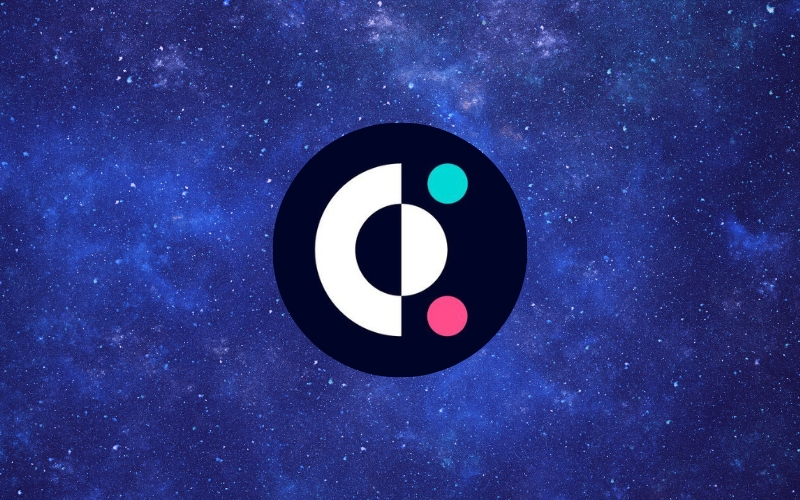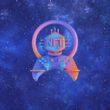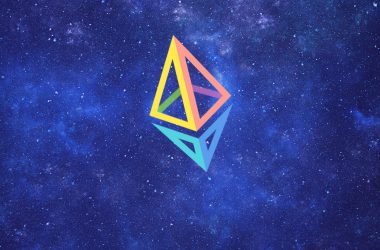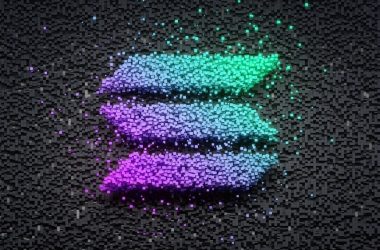- Covalent is an older producer of blockchain tools, now partnering with the Oasys blockchain.
- Oasys offers double scalability with public L1 and private L2 layer.
- Covalent has onboarded 100 blockchains into its API for detailed data access.
Covalent is one of the sources for API and tools linked to a less popular blockchain – Oasys. Covalent is boosting the availability of Oasys for Web3 projects seeking bridges between chains, as well as general high-speed interoperability.
Covalent specializes in infrastructure models, which allow Web3 developers to integrate Oasys, as well as other suitable blockchains. The Covalent platform has been around since 2018, offering blockchain services beyond the current Web3 trend. But the addition of Oasys is opening a new toolset for gaming launches.
Oasys Offers Real-Time On-Chain Games
Oasys, not to be mistaken for the older and more established Oasis network, is an eco-friendly blockchain built with gaming in mind. Oasys offers a zero-gas experience, and works both as a L1 network similar to Solana or Avalanche, and as a L2 layer. The Oasys L2 layer is tailored to private enterprise needs and is even more scalable.
Developers will gain access through the Covalent Unified API, which tracks thousands of data feeds and smart contracts. All the data can be used through Oasys, for GameFi purposes, to serve as oracles or for trading.
Covalent’s tools are tailored to games that want to track multiple data points, including asset ROI, NFT performance, smart contracts, player trends and risks. With more Web2 apps arriving into Web3, developers need robust and secure tools to track all events. Covalent’s tools offer a more direct access to on-chain gaming with high-capacity transaction counts.
Covalent Focuses on Metrics, Detailed On-Chain Data
Covalent offers scalability while achieving a real-time blockchain access and records through Oasys. Covalent also targets enterprise-grade builders, and may turn into one of the more niche toolsets for Web3.
Covalent is a strong monitor of the crypto space, and offers the development of more detailed metrics apps. Covalent started out with integrating Ethereum, and has so far reached 100 blockchains, with a bigger scope compared to Alchemy or other multi-chain hubs. Currently, most Web3 games cluster around top blockchains, but niche networks also try to establish their presence through niche targeting.










